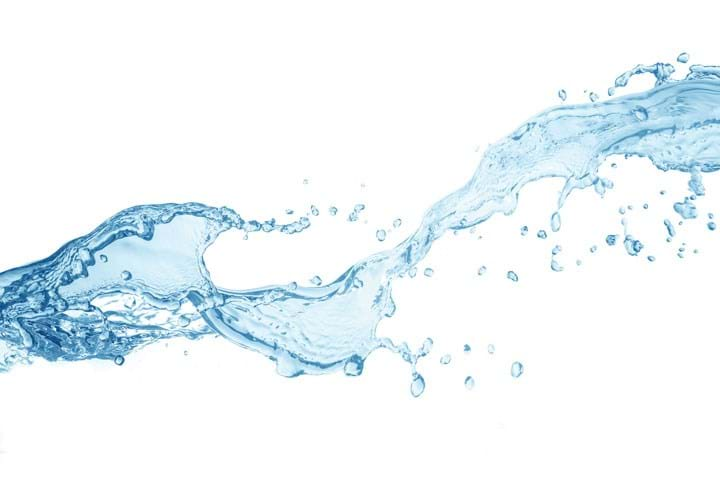US moves to restrict PFAS chemicals in drinking water

EPA says move will prevent thousands of deaths
IN a major step forward in protecting public health, the US Environmental Protection Agency (EPA) has proposed the first legally enforceable national drinking water standard for six PFAS chemicals that are highly resistant to degradation, and which have been linked to various health issues.
If finalised, the proposal would require utilities to limit perfluorooctanoic acid (PFOA), and perfluorooctane sulfonate (PFOS) to no more than 4 ppt in water. This is significantly lower than the previous EPA recommendation of 70 ppt, but up from last year’s advisory health limits by the agency of 0.02 ppt and 0.004 ppt for PFOA and PFOS respectively. The discrepancy is likely the result of industry pressure on the EPA, and the inability of current tests to reliably check levels as low as 0.02 ppt, The Guardian reports.
The EPA’s proposal will also regulate four other PFAS – PFNA, PFHxS, PFBS, and GenX chemicals – a newer generation of PFAS that manufacturers claimed were safer alternatives, but according to research have been found to be nearly as toxic as their predecessors. For these compounds, water systems would use a hazard index calculation to determine if the combined levels of these PFAS in drinking water pose a potential risk and require action.
Comprising more than 4700 chemicals, PFAS are a group of widely used chemicals that have been manufactured and used broadly since the 1940s. Primarily used to make products water- and stain-resistant, PFAS have been used in products ranging from waterproof clothing to cosmetics and food packaging to carpets, but concern over their effects on human health did not start until the early 2000s when research found PFOA and PFOS in human blood.
This article is adapted from an earlier online version.
Recent Editions
Catch up on the latest news, views and jobs from The Chemical Engineer. Below are the four latest issues. View a wider selection of the archive from within the Magazine section of this site.




